La Garganta del Diablo
 26 Februari, Argentina ⋅ ⛅ 23 °C
26 Februari, Argentina ⋅ ⛅ 23 °C
The next stop on our exploration of Argentina's Northwest is Cafayate, a 372-kilometre drive from Purmamarca.
When most people think of wine from Argentina, they immediately think of Malbec fromBaca selengkapnya
















































 Uruguay
Uruguay




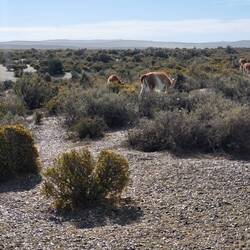








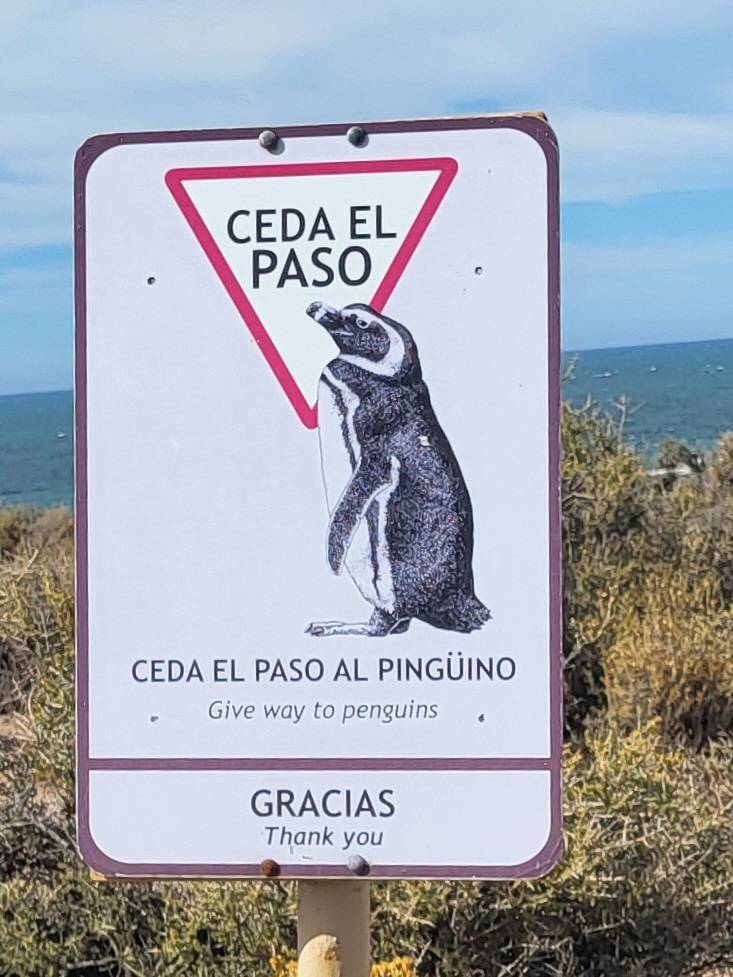
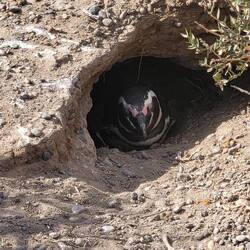

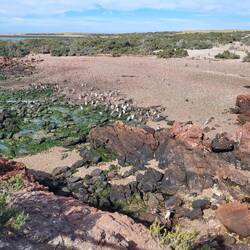

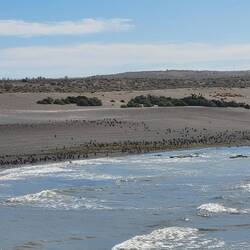





 South Atlantic Ocean
South Atlantic Ocean 
 Antartika
Antartika 



